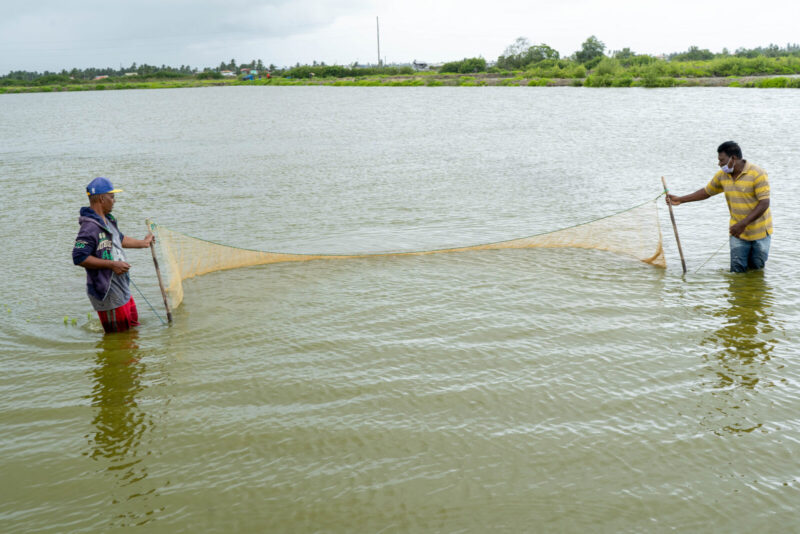By Devina Samaroo
Even as the Environmental Protection Agency (EPA) says an oil spill offshore is highly unlikely, ExxonMobil said it is fully prepared to immediately respond should such a tragedy occur.
ExxonMobil’s Senior Director of Government and Public Affairs, Kimberly Brasington told News Room recently that the company’s oil spill response is based on networks with regional and international firms which can render support in the event of an emergency.
“The ship is prepared to start responding right away and depending on the situation you’ve evaluated, you start following your plan … so if it was a Tier One, you start real time on the ship and you handle it. If it’s Tier Two, you call inland, what resources we need to bring from Guyana out or from neighbouring Caribbean countries…and we have contracts in place with these partner organizations to bring to bear. And if you need to go beyond that, we’d go to our intentional oil spill response network,” she explained.
A Tier One spill is an incident that is small, under control, and may involve a local company-managed resource response.
A Tier Two spill is an incident that is large, under control or spill source not immediately under control, and involves mutual aid cooperative response.

A Tier Three spill is an incident that is large, is not under control, and requires a response by the appropriate RRT and specialized resources.
According to the EPA environmental impact assessment, “Unplanned events, such as a large oil spill, are considered unlikely to occur because of the extensive preventative measures employed by Esso Exploration and Production Guyana Limited (EEPGL).”
The report said the prevailing northwest currents, the light nature of the Liza field crude oil, and the region’s warm waters would all help minimize the severity of a spill. It said accounting for these factors, the assessment indicates only a 5 to 10 percent probability of any oil reaching the Guyana coast, without taking into consideration the effectiveness of any oil spill response, and in the unlikely event that a spill was even to occur.
Although the probability of an oil spill reaching the Guyana coast is very small, a spill at a Liza well would likely impact marine resources found near the well, such as sea turtles and certain marine mammals that may transit or inhabit the area impacted by a spill, the study noted.
Air quality, water quality, seabirds, and marine fish could also be impacted, although likely to a lesser extent because the duration of acute impacts would not be long and the impacts are reversible. A spill could potentially impact Guyanese fishermen if commercial fish and shrimp were impacted.
Brasington said that ExxonMobil, having years of experience in deepwater operations, has invested heavily in ensuring an oil spill is prevented.
“ExxonMobil puts so much emphasis and time and effort to ensure it does not happen…That’s where you invest and put in your training, you have to be ready in the event of a worst case situation,” she noted.
ExxonMobil and its partners begin production of oil in the Liza field offshore Guyana in 2020.













